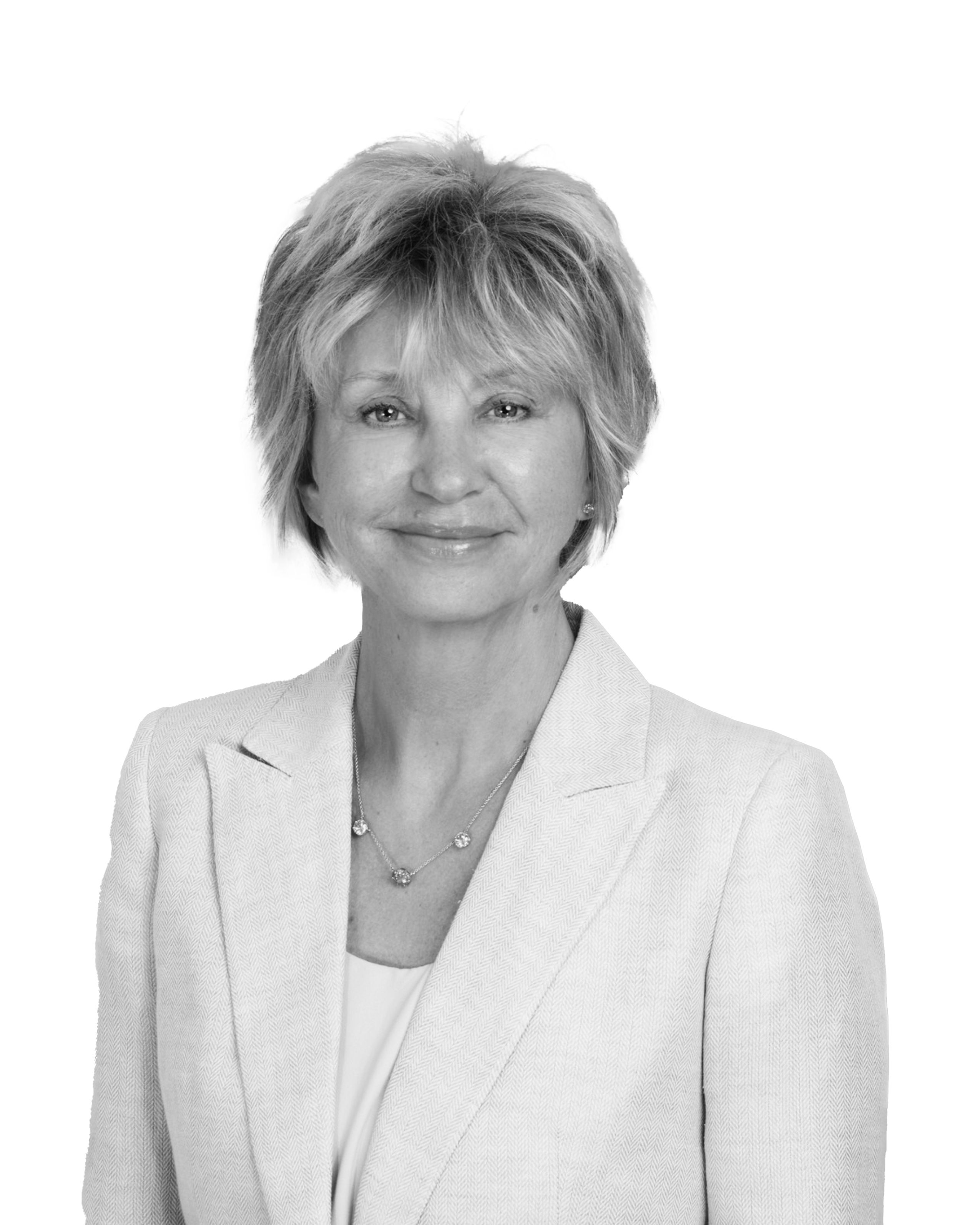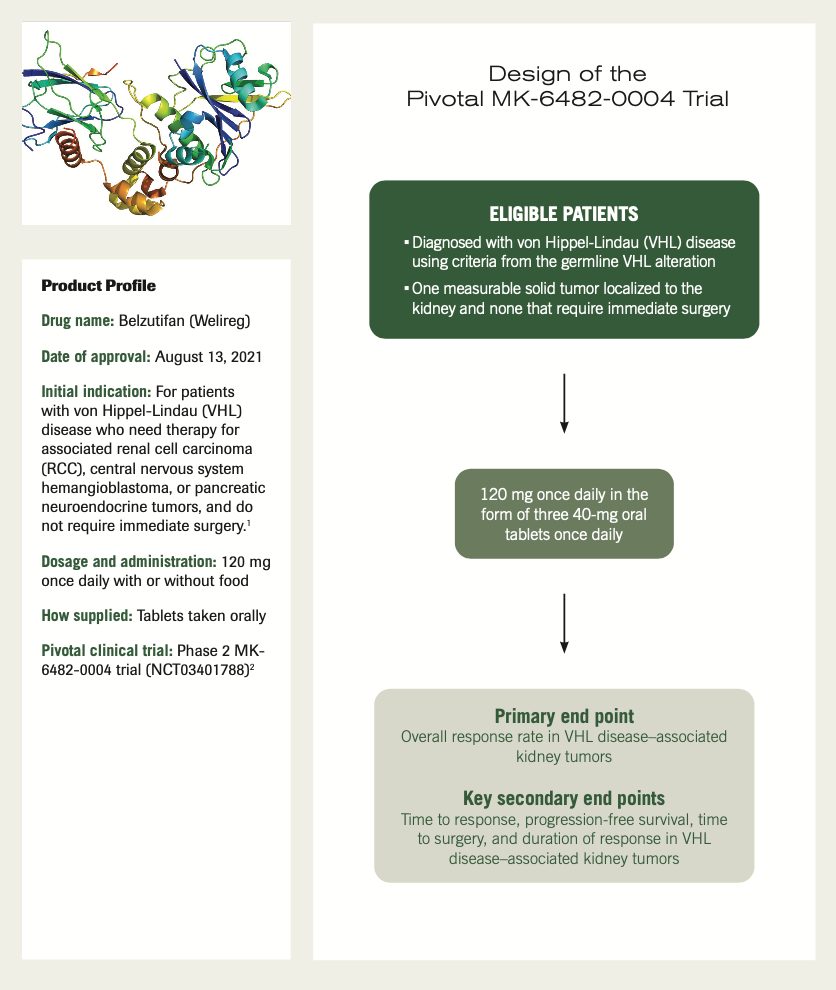Expert Commentary on the product profile of Belzutifan for Renal Cell Carcinoma
In an interview with ONCOLOGY®, Natasha Khrystolubova, BPharm, RPh, BCOP, offers a comprehensive review of real-world treatment considerations of belzutifan as therapy for patients with renal cell carcinoma.
Natasha Khrystolubova, BPharm, RPh, BCOP
Director of Pharmacy Clinical Services at RxToGo, LLC
Florida Cancer Specialists & Research Institute
Fort Myers, FL

Oncology®: Can you describe the mechanism of action of belzutifan?
Khrystolubova: Belzutifan is a first-in-class hypoxia-inducible factor (HIF) inhibitor specific to HIF-2α. It is indicated for the treatment of adult patients with VHL disease who require therapy for VHL-associated RCC, CNS hemangioblastomas, or pancreatic neuroendocrine tumors, [and] who do not require surgeries.
When the lack of VHL gene control occurs, due to the mutation process, HIF-2α accumulates in the nucleus of the cell and interacts with an HIF-1ß; [this] upregulates hypoxia-responsive genes like epidermal growth factor [and] vascular endothelial growth factor, [which are] platelet-derived growth factors also known as a proangiogenic factors. When belzutifan binds to HIF-2α protein, it blocks the interaction between HIF-2α and HIF-1ß factors, therefore reducing the expression of HIF-2α target genes and demonstrating the antitumor activity.
Q: What are some of the biggest concerns with the toxicity profile of belzutifan? Have any emerged with its use in the real-world treatment setting?
Khrystolubova: [In the phase 2 trial examining belzutifan in patients with VHL-associated RCC], hypoxia occurred in approximately 1.6% of these patients; it’s an on-target [adverse] effect [AE]. Anemia occurred in about 90% of patients; it was grade 3 in 7% of patients. The onset was about 31 days and ranged from 1 day to 8.4 months.
We do not have any experience in the real-world population, because the drug just came on the market, the patient population is very small, and they’re seen in specialized centers. It’s too early to point out any new safety concerns with the drug, but in general, we found out from this study that the drug is well tolerated. We do need to pay attention to the [AEs] that I mentioned before. Other [AEs] were presented in the package insert; [they were] mostly grade 1 and grade 2, and generally well tolerated. Fatigue can occur in this patient population—probably due to anemia—as can headaches, dizziness, or nausea, but no grade 3 or poor safety effects [have emerged].
Q: Are treatment modifications common with this agent? What are some AE management strategies?
Khrystolubova:It is recommended that patients treated with belzutifan monitor oxygen levels with a pulse oximeter; they should interrupt therapy if blood oxygen levels reach 88% or below. The full recommendations from the package insert [discuss] the interruptions and dose adjustments. The drug has a black box warning related to pregnancy risk—to verify the pregnancy status prior to initiation—and [it emphasizes the importance of] the use of effective nonhormonal contraceptives due to the fact that [belzutifan] can alter the efficacy of [hormonal] contraceptives through drug interactions.
Another important point is that there are pharmacogenomics recommendations that are not currently actionable. Patients who are UGT2B17 and CYP2C19 or dual UGT2B17 and CYP2C19 are poor metabolizers and will have a 1.6-, 2-, or 3-fold increase in belzutifan steady state. The package insert points out different rates of dual poor metabolizers in patients of different races; people who are Asian or of Asian decent are most likely to (up to 15%) be poor metabolizers. Currently, the package insert does not have any specifics on mandatory testing for this patient population or for these genes. Taking into consideration the ongoing studies in clear cell carcinoma, which covers a more extended population, pharmacogenomic testing for patients on belzutifan may become very important.
Q: Have any barriers to administration or receipt by the patient emerged since this agent’s approval, such as common reimbursement issues or logistical challenges to obtaining the medication?
Khrystolubova: According to the drug’s developer, this drug is available to be dispensed only from 2 specialty pharmacies. We do not have access to the drug, and hopefully this will change in the near future, but we do process the prior authorization for these patients, evaluate current electronic medical records in ONCO, and look at genomic test results to make sure the patient fits the criteria, which are very narrow.
We must be careful to look at the next-generation sequencing and ensure that the patients have a germline mutation, because a VHL somatic mutation is very common in renal cancers. We need to make sure that germline mutation is confirmed by a physician and [that] family history [confirms] that this is the VHL disease, not typical renal cell carcinoma.
Design of the Pivotal MK-6482-0004 Trial

References
1. Belzutifan. Prescribing information. Merck; 2021. Accessed December 1, 2021. https://bit.ly/3rqE7OJ
2. Srinivasan R, Donskov F, Iliopoulos O, et al. Phase 2 study of belzutifan (MK-6482), an oral hypoxia-inducible factor 2α (HIF-2α) inhibitor, for Von Hippel-Lindau (VHL) disease-associated clear cell renal cell carcinoma (ccRCC). J Clin Oncol. 2021;39(suppl 15):4555. doi:10.1200/JCO.2021.39.15_suppl.4555
